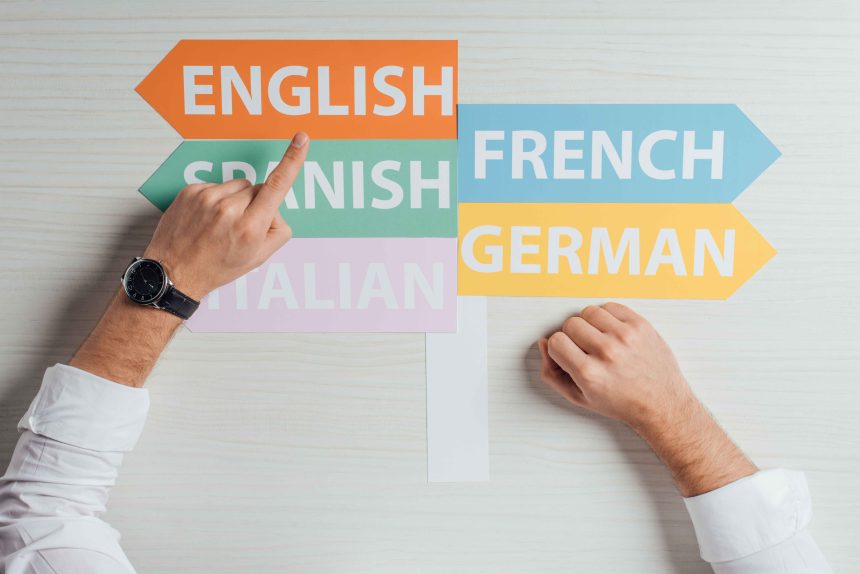In recent years, a remarkable measurement grabbed the eye of tech enthusiasts: over 40% of businesses have started integrating artificial intelligence into their operations. One development stands out amid this AI revolution: Generative AI Language Translation. This technology isn’t just about converting words beginning with one language and then onto the next. It’s tied in with understanding context, nuances, and the very essence of correspondence. Imagine a reality where language barriers become a relic of past times, where every individual can understand and be understood, regardless of their semantic establishment. Generative AI Language Translation isn’t just a device; it’s the beginning of a new era in worldwide correspondence.
Verifiable Context and Evolution
The journey of machine translation has been out and out revolutionary. Beginning during the 1950s, early attempts were rooted in rule-based systems. While groundbreaking for their time, these methods often stumbled over etymological nuances and contextual subtleties. As technology advanced, the constraints of these underlying models became incredibly evident.
Enter the universe of generative models. These sophisticated estimations offered an answer to the challenges faced by their predecessors. By the late 2010s, Generative AI Language Translation started to gain traction, promising more accurate and contextually aware translations. These models didn’t rely on fixed rules; they learned from tremendous datasets, continually improving and changing.
Several milestones have defined this evolution. The presentation of neural machine translation during the 2010s was a game-changer, laying the preparation for more advanced generative models. When Generative AI Language Translation made its engraving, the translation landscape transformed decisively. With AI at the helm, we’re witnessing a seismic change in how we bridge semantic divides, making correspondence more fluid and accessible than at some other time.
Technical Deep Dive: How Generative AI Works in Translation
The Enchantment of Neural Networks
The marvel of neural networks lies at the heart of Generative AI Language Translation. These intricate systems duplicate the human brain, processing immense measures of data to recognize patterns and make decisions. In translation, they help decode and encode one language into another, ensuring the essence of the main message remains in salvageable shape.
Sequence-to-Sequence and Attention: Beyond In the same words Translation
Generative AI Language Translation doesn’t just trade words. Sequence-to-sequence models permit it to consider entire sentences, preserving context and meaning. The attention mechanism then focuses on specific pieces of the source text, ensuring that even subtle nuances don’t get lost in translation.
Training Data: The Backbone of Precision
Quality translation hinges on the right training data. Diverse semantic datasets ensure the Generative AI understands various languages, dialects, and maxims. The richer and more varied the data, the more accurate and socially sensitive the translation.
Dealing with the Challenges Directly
While the technology holds immense promise, it’s not without challenges. Ensuring contextually relevant translations requires consistent refining and learning. However, as Generative AI Language Translation evolves, it carries us closer to a world without etymological boundaries.
Real-world Applications and Case Studies of Generative AI Language Translation
E-commerce and Worldwide Markets
The e-commerce industry is impacting, and with it comes the challenge of catering to a worldwide audience. Generative AI Language Translation has been a game-changer here. Imagine a store in Italy selling its items to customers in Japan, with item descriptions, reviews, and customer queries seamlessly translated in real-time. Such fluid correspondence has led to increased sales and happier customers.
Entertainment Across Borders
Hollywood movies, K-shows, or Bollywood hits – the entertainment business has forever been a melting pot of cultures. With Generative AI Language Translation, content creators can reach worldwide audiences without fearing lost context or misinterpretation. Movies and series are more accessible, and the true essence of stories remains in one piece.
Discretion and International Relations
In international discretion, where every word matters, accurate translation is crucial. Generative AI Language Translation ensures that political discoursed and treaties maintain their intended meaning, fostering better relations between countries.
Propelling Inclusivity and Worldwide Cooperation
Beyond industries, the real triumph of Generative AI Language Translation lies in its ability to promote inclusivity. Communities previously isolated by language differences can now share knowledge, collaborate on projects, and assemble stronger securities.
Generative AI Language Translation isn’t just a technological advancement; a device’s getting over holes, delivering connections, and making the world smaller and more connected.
Looking Ahead: The Future of Generative AI Language Translation
A Worldwide Correspondence Revolution:
The digital age has seen quick technological advancements, and Generative AI Language Translation is leading the charge. This development promises a future where language barriers crumble, permitting seamless correspondence across borders.
Enhancing Complexities:
Generative AI Language Translation isn’t merely about word-to-word conversions. It delves deeper, understanding context and social nuances. The technology is evolving, endeavoring to improve intricate phonetic patterns, making translations more accurate and human-like.
Embracing Diverse Voices:
Before lengthy, we can expect this AI-driven device to embrace a broader spectrum of languages, especially those less represented in the digital realm. This inclusivity ensures that every voice, regardless of uniqueness, is heard and understood.
Conclusion:
As we stand near the precarious edge of a worldwide correspondence change, Generative AI Language Translation will assume a critical part in spreading over etymological divides and fostering universal understanding.

Leave a Reply